Summer break interlude: An email opens the door to Elmcroft’s past
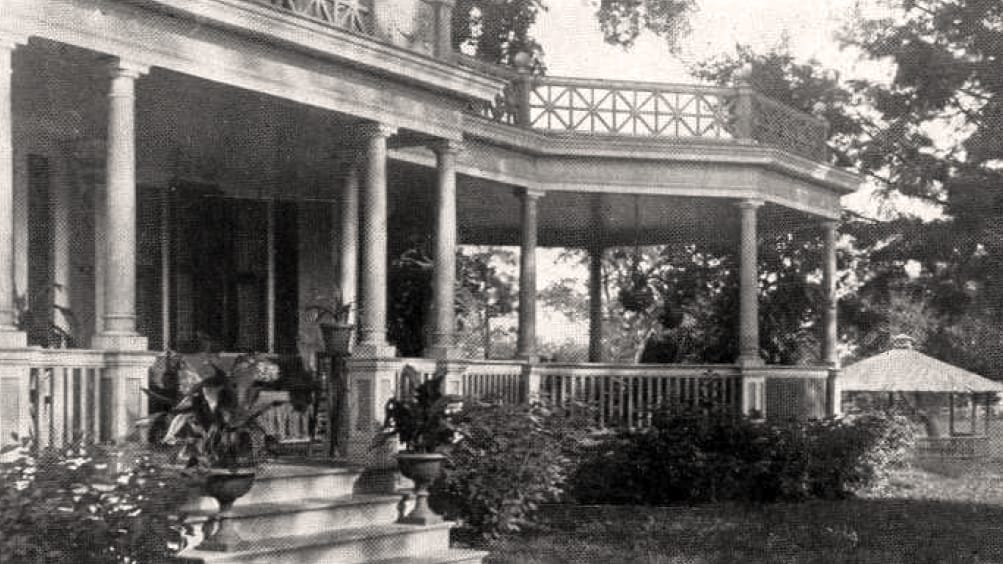
In the midst of my “summer hiatus” from writing essays for TownHistory.org, some stories are just too good to wait. Earlier this week, I received an unexpected email from John Rumbold, who grew up in Woodbridge in the 1940s and whose family history spans from Amity Road all the way to the rubber plantations of Sumatra and Malaya. His memories — woven with remarkable details of wartime industry, postwar life abroad, and decades of connection to the historic Dr. Thomas Goodsell property in Woodbridge — offer a vivid window into both local and global history.
I’ve promised John that I’ll dig further into the history of this property for him. As it happens, I’m distantly related to the Fowler family who John informs me once lived there — Frank Edwin Fowler (1860–1939) and Martha Emily Davis Fowler (1860–1960), who raised their three daughters, Jessie, Ruth, and Esther, in the home. Frank was my half 6th cousin 5 times removed through our common Hubbard ancestors, founders of the Milford colony. John has already connected with a granddaughter of Ruth’s, who has shared stories and photos, and I know two grandchildren of Esther’s who will no doubt be pleased to learn more about their connection to this storied place. More soon!
But for now, with his permission, I’m sharing John's letter in full along with some photographs to help illustrate the history of the property and some of the people who once also called Elmcroft home.
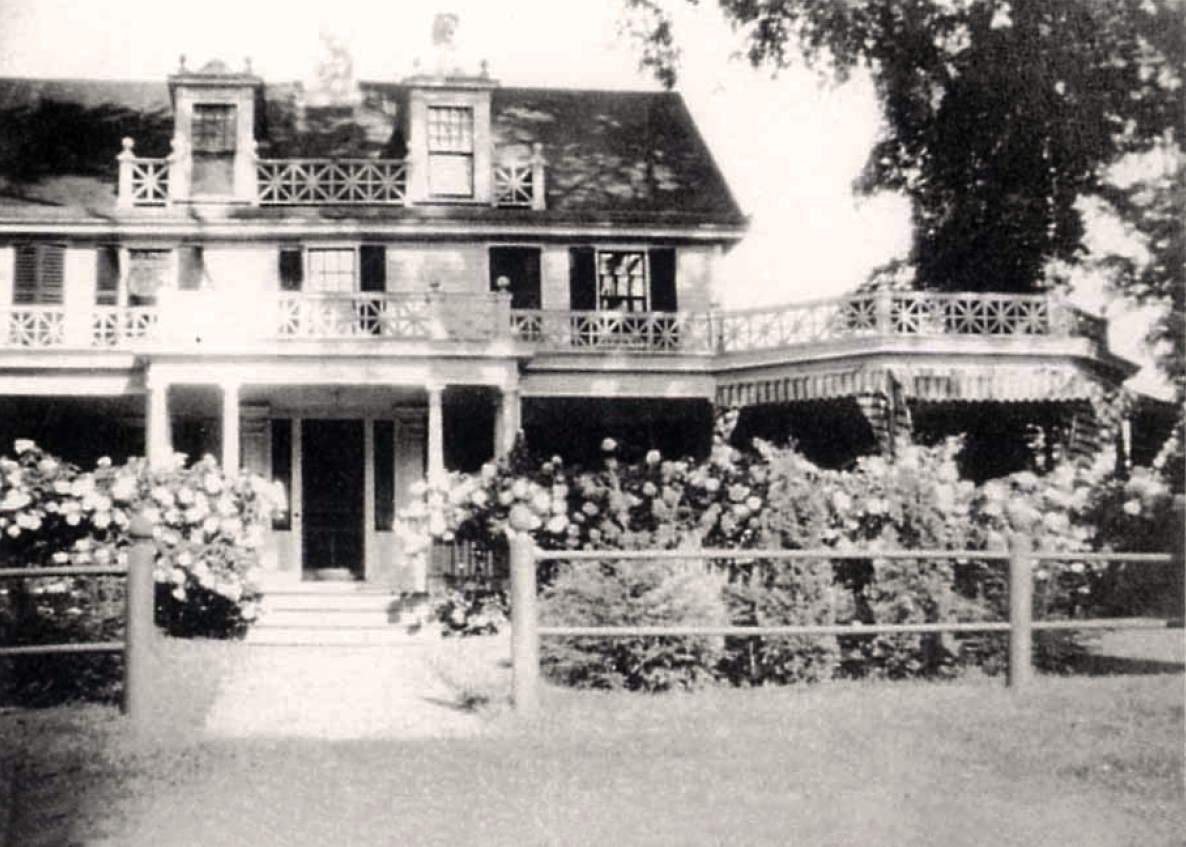
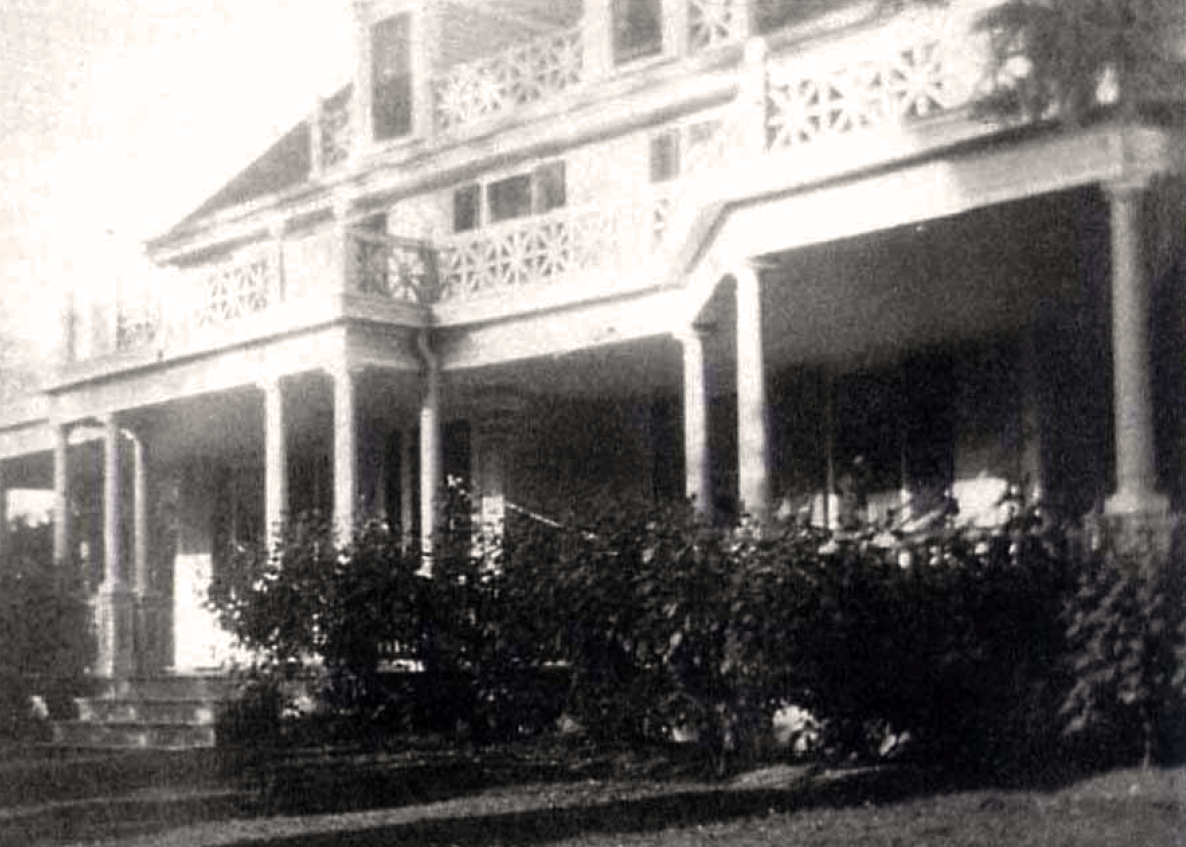
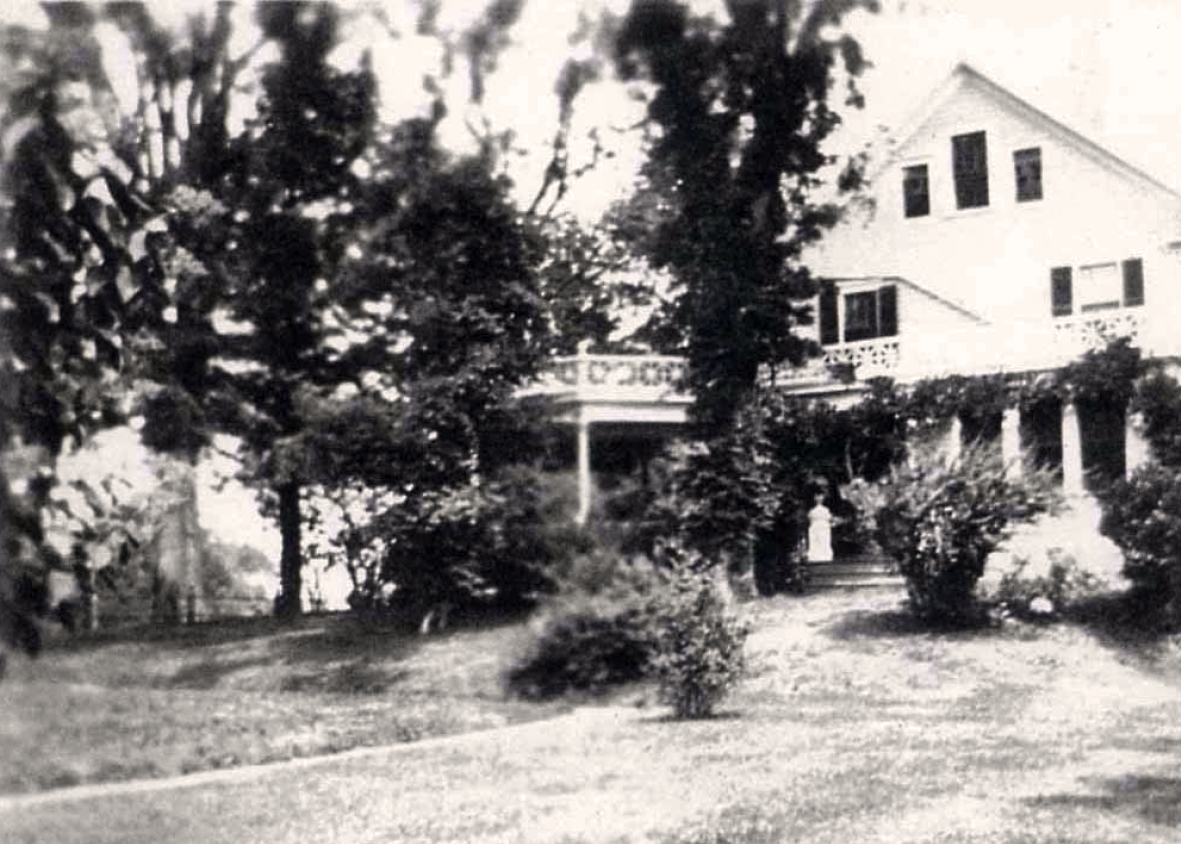
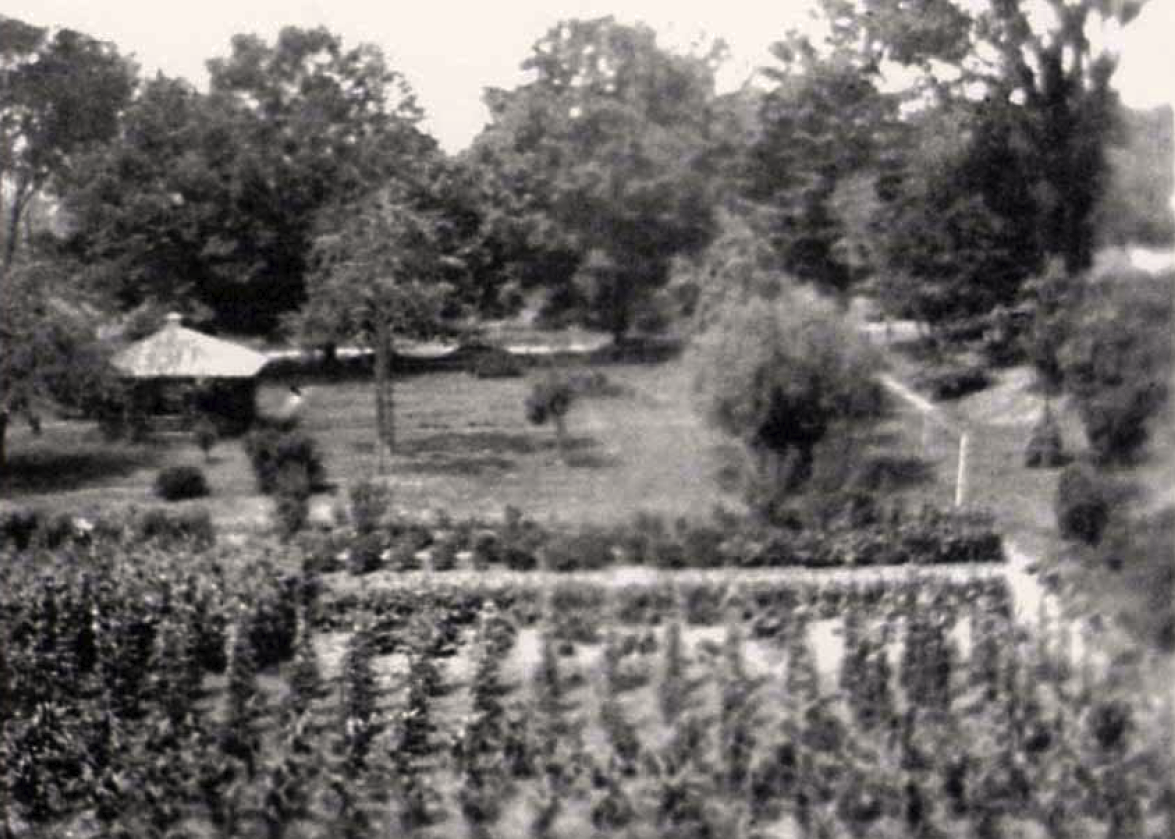
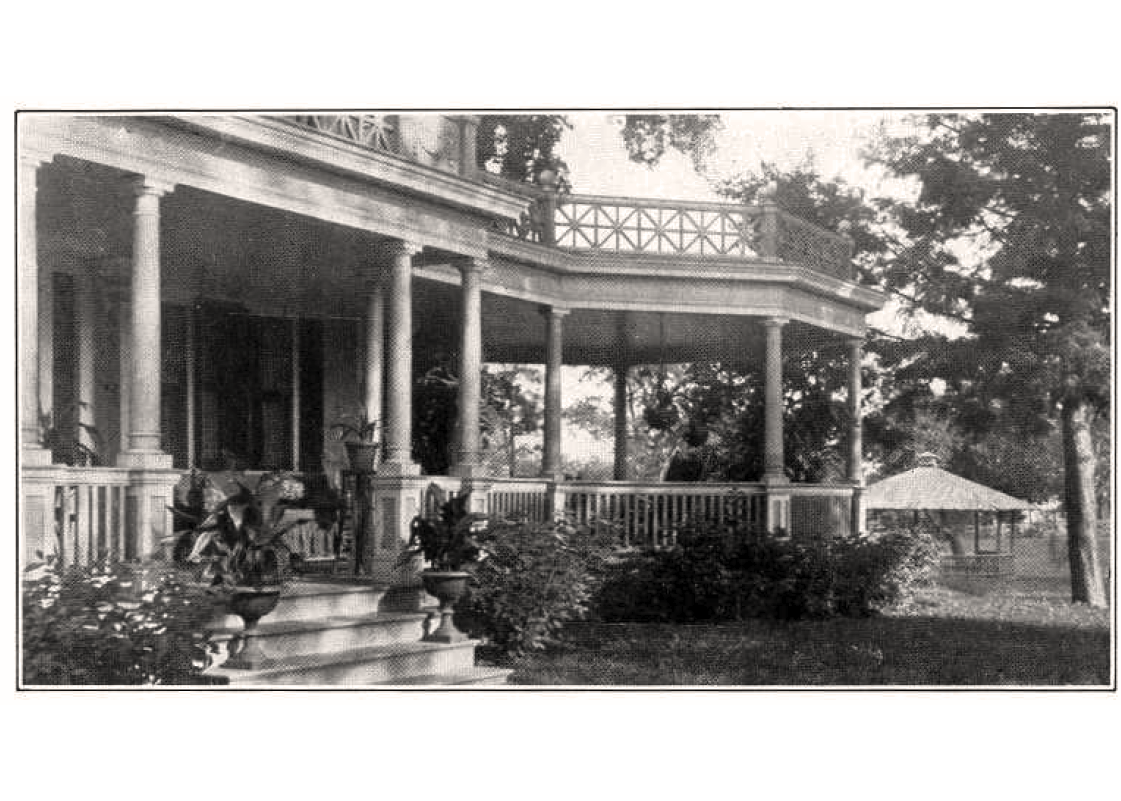
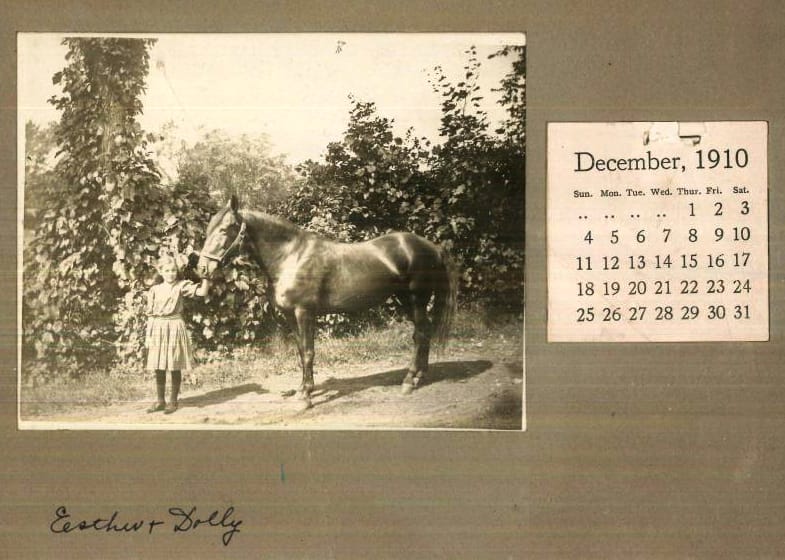
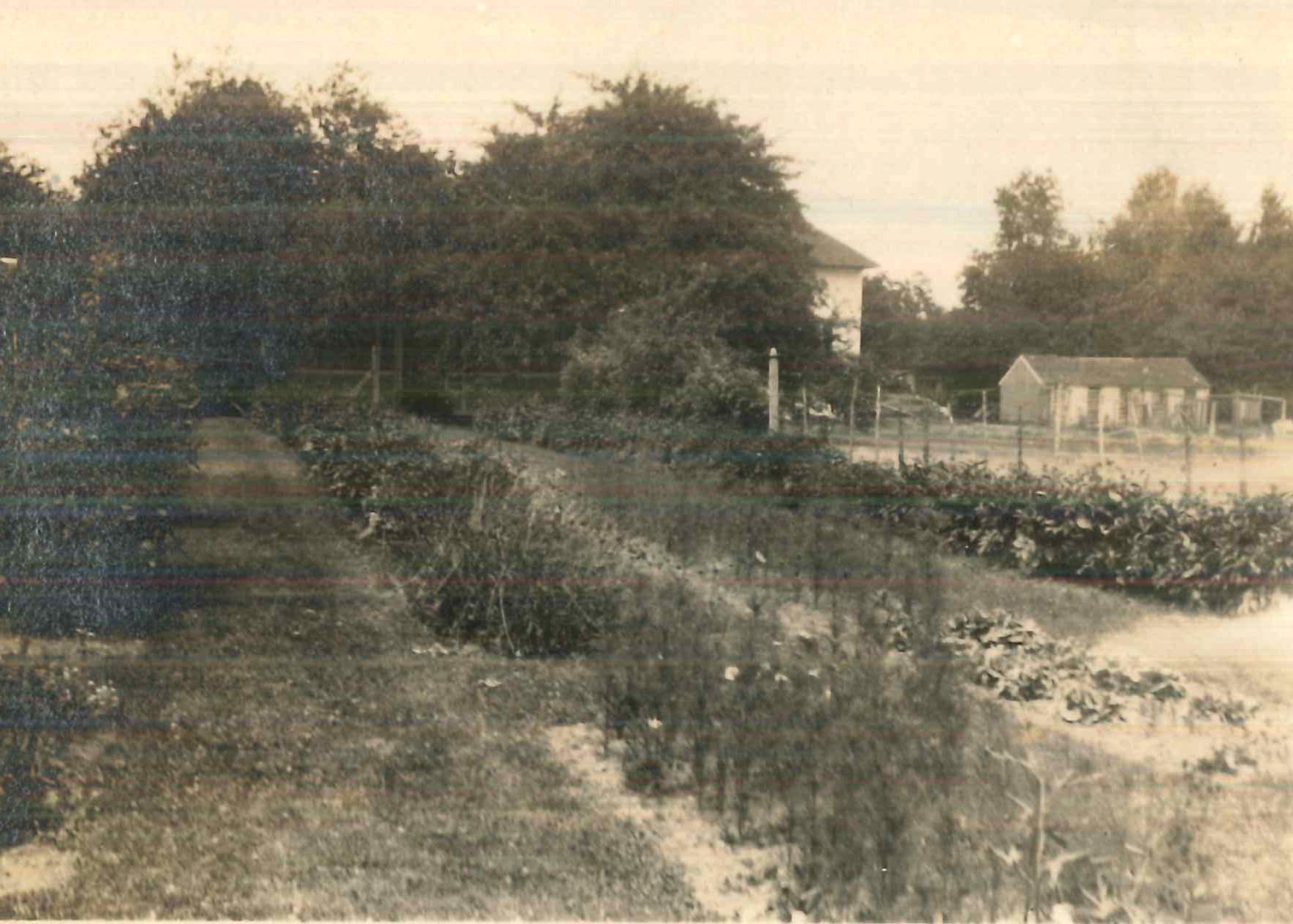
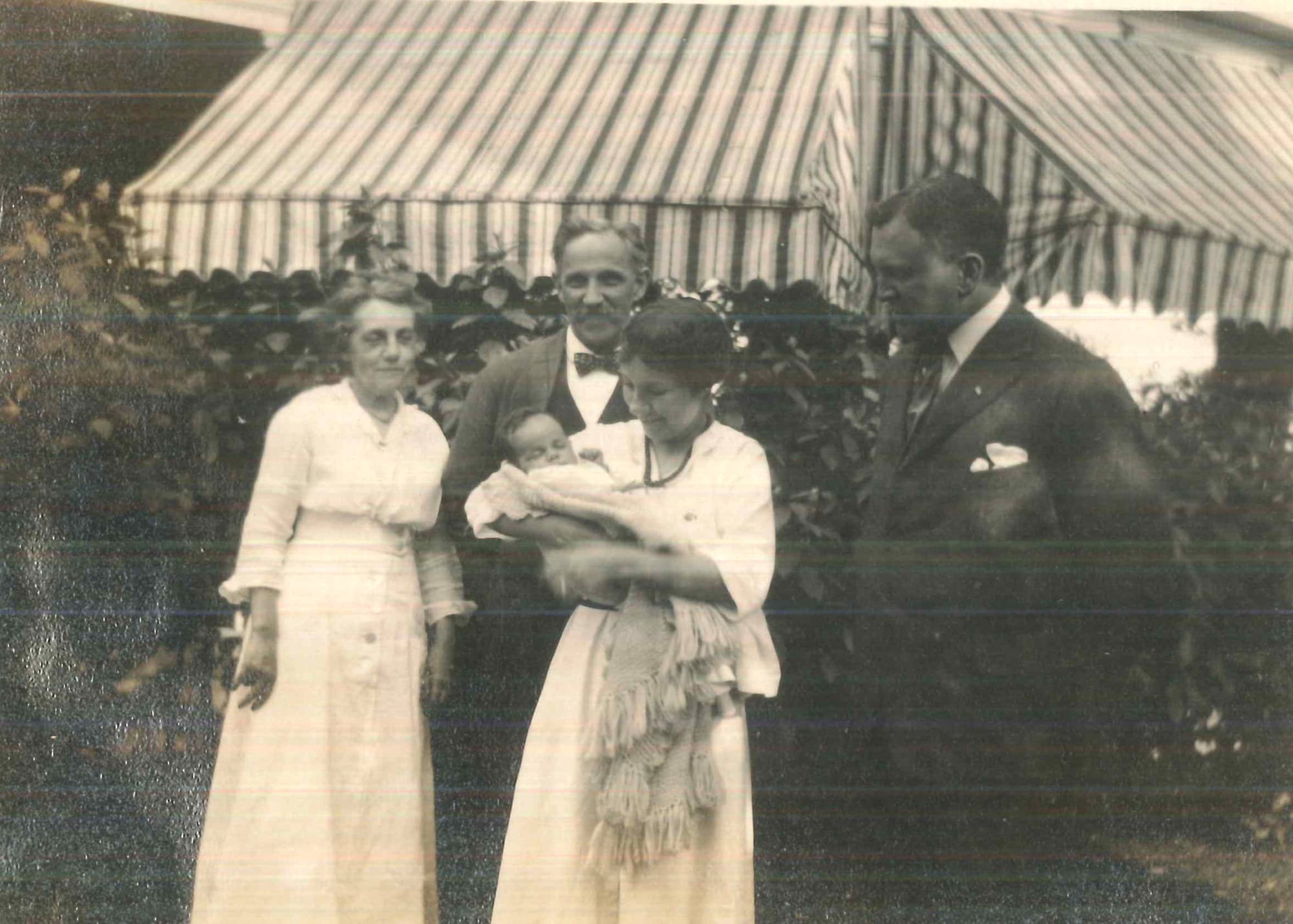
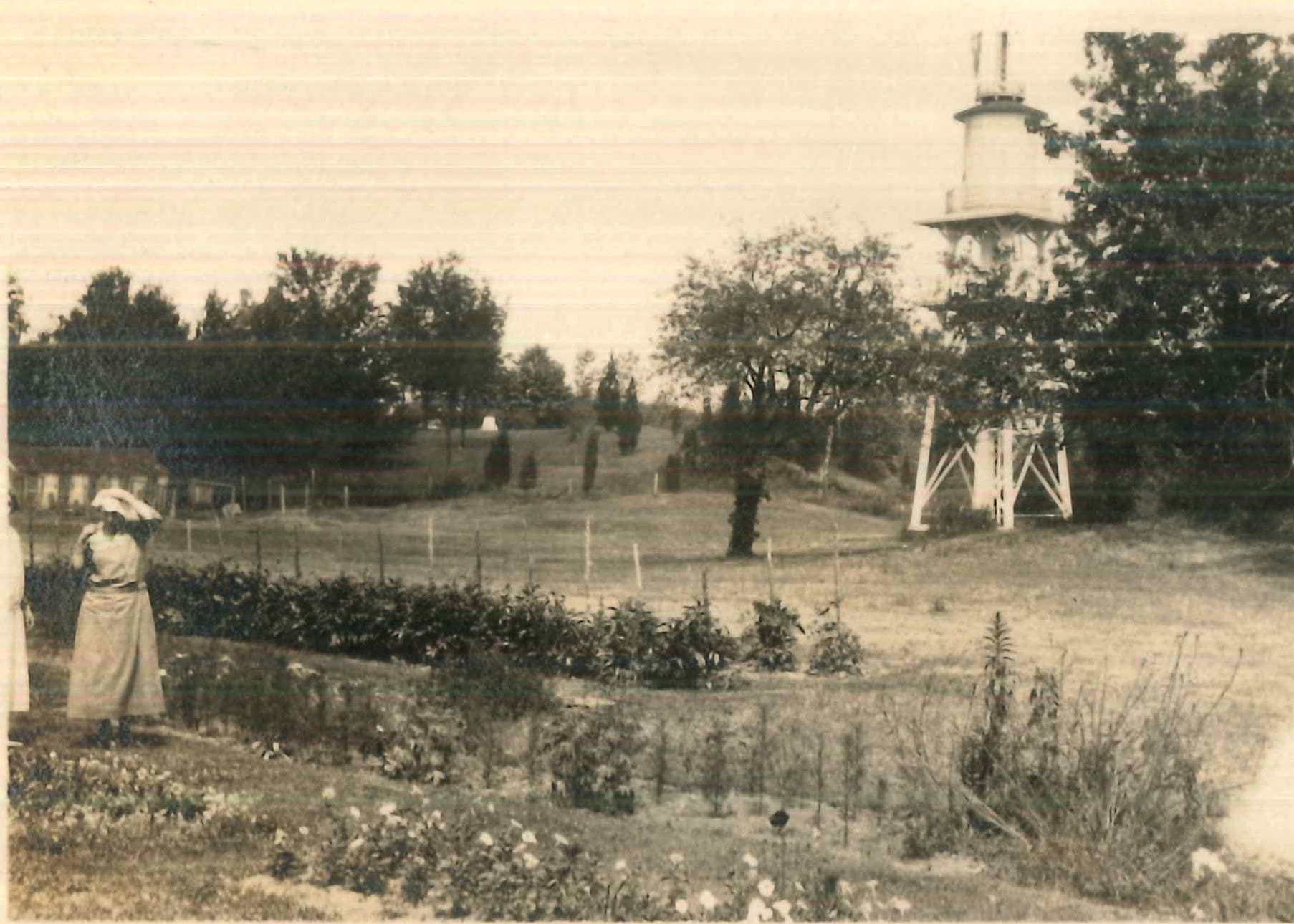
Elmcroft as it appeared on page 23 of the 1911 publication 'Woodbridge Hills' (center), surrounded by photos of the house, grounds and family who lived there, courtesy of John Rumbold.
Dear Sheila,
My routine these days is to spend the mornings writing and the afternoons assisting clients with their tax returns. This morning was to be a continuation of chapter 23 (more about the book below) but I was interrupted when I first sat down at my desk by a web page that I stumbled upon about the town history of my home town – Woodbridge. So, I spent all of the morning reading some of your essays which brought back many found memories. I especially enjoyed your essay about the cement kiln at the corner of Litchfield Turnpike and Dillon Road. I used to hike down there as a boy and I remember walking along the narrow ridge high above and between the two digging pits and being terrified of falling.
I was brought home from Saint Raphael Hospital to my parents’ home at 471 Amity Road in July 1944. My father bought the Dr. Thomas Goodsell property (circa 1760) on August 7, 1942 from Erwin R. Goodenough, a distinguished professor emeritus of Jewish studies at Yale. My parents had relocated to Woodbridge from Passaic, New Jersey on October 29, 1940 where they rented a house on Center Road behind where the Our Lady of Assumption Church was eventually built. There appears to be six houses back there off a private driveway but I don’t know which was the one my parents lived in and where my brother was brought home from Saint Raphael Hospital in July 1941.
My father had been transferred by the United States Rubber Company in Passaic to the Chemical Division in Naugatuck after having just returned from the HAPM rubber plantations of Sumatra, Dutch East Indies about April 10, 1940 via the Pacific as the Mediterranean voyage would have been too dangerous – the French surrendered to Germany on June 22, 1940. My mother had returned from Sumatra on May 16, 1939 as the wives were allowed to take furlough early from the three-year contracts at the plantations. However, this didn’t become a furlough as my parents never returned to Sumatra due to the war. My research indicates that my father was assigned to work on the government sponsored consortium between Firestone, Goodrich, Goodyear, Standard Oil and US Rubber to develop mass production facilities for synthetic rubber for the war effort. It is also likely that he worked on the various specialty rubber products for the military such as the self-sealing rubber liners for aircraft fuel tanks and the decoy blow-up military vehicles that were used successfully to fool the Germans at the D-Day landings. This consortium was eventually declared a National Historic Chemical Landmark.
My father was fortunate in being assigned to war production in Naugatuck as many of his colleagues in the research department in Sumatra were interred by the Japanese and some did not return. One British and Dutch couple with three children that were close friends with my parents in Sumatra were captured. The wife and children were put into various internment camps in Sumatra and the husband was sent to the Burma Railroad of River Kwai fame. Over 100,000 occidentals died building the Burma Railroad for the Japanese but Jim Cramer survived the ordeal, was reunited with his family and lived out a long life in England.
On February 18, 1947 our family sailed from New York to Singapore and then we motored up to Penang in a new Buick my father had brought with him on the ship. My father had been assigned to the Harvard Estate rubber plantation in Kedah State, Malaya but we had to live at the Eastern and Oriental Hotel in Penang for five months until our bungalow was ready out on the plantation. Not a bad gig if you can get it! The E&O was built in 1885 by the same Sarkies Brothers who built the famous Raffles Hotel in Singapore.
On July 31, 1948 we left Malaya due to the Malayan Emergency, a guerrilla war between Malayan communists and the British. The communists were ambushing and killing expats and the company told all personnel with children to return to the USA. After we left, the US Rubber Company head of plantations, a Mr. Dicks was on a visit to Malaya in November 1952 and he and his entourage were ambushed and massacred during a field visit. During the time we were in Malaya the Amity Road property was rented out.
Back in Woodbridge, I attended nursery school and probably kindergarten at the little school on Lucy Street. I think that’s what you mentioned as ‘Little Lucy’ and I can recognize the building in your picture of Warner School with the Dutch or hip roof style. I recall that it had steps up to a porch of sorts. I then went on to Center School and I can remember the construction when it was expanded at the rear in what became the police department which was just additional classrooms when I was there. I then went to Amity High, the first building, not the third one there now.
I would often ride my bicycle to school; Center and then Amity. Down Amity Road to North Pease and then Rice Road to Center to Newton. Sometimes the gate off North Pease to the fields of Amity was open and I could take that shortcut.
We always called the Goodsell property “Elmcroft” because of a branding iron that hung next to the fireplace in the great room with that word – small farm in means. My parents divorced in 1960 and my father moved back to England where he was born and raised. He never gave up his British citizenship and he never became an American citizen. I left Elmcroft in 1966 when I got married but I returned for visits to my mom until she passed away in June 2006 – a period of 64 years as the lady of Elmcroft.
My mother did actually return to Sumatra. It was 1997 when at the age of 82 my oldest son and I took her back to Sumatra where she visited the bungalow where she and my father lived and the clubhouse where they drank their evenings away. She remarked that nothing had changed on the plantation since she left in 1939. We also went back to Penang and out to what remained of the Harvard Estate plantation where they were building a 27-hole golf course, hotel and modern bungalows. We stopped by the old clubhouse of the Harvard Estate plantation and we caused quite a commotion. An old man walked out of the kitchen, walked up to my mother and said, “I remember you and your husband from 1947 when I was just a boy.” Wow!
So, I am writing a book about my parents’ lives and times in Sumatra and Malaya titled “Tiger in the Kebun.” The story of my mother’s life is arduous at best with an abusive childhood. In 1995 she told me the “secret” of her life in Sumatra and Malay. It is such an amazing story that I knew back then I had to write about it – colonialism, war, death, survival, revolution and unrequited love.
I have also studied much about Elmcroft but I never had the time to research it at the town hall vault to find the actual dates and ownership names. I was contacted by a descendant of the Fowler family from the turn of the 19th century and she gave me some pictures of the property from their time when the house had a wrap-around porch and portico. It was a summer home for the Fowlers and I believe Mr. Fowler ran the hardware store in Westville. I could have that wrong but if you want to take it on as an essay I would be pleased to offer what I have. On the other hand, you probably don’t want to do individual houses or families so I would understand.
Sorry this is so long but many thanks for your historical works on Woodbridge.
All the best,
John Rumbold